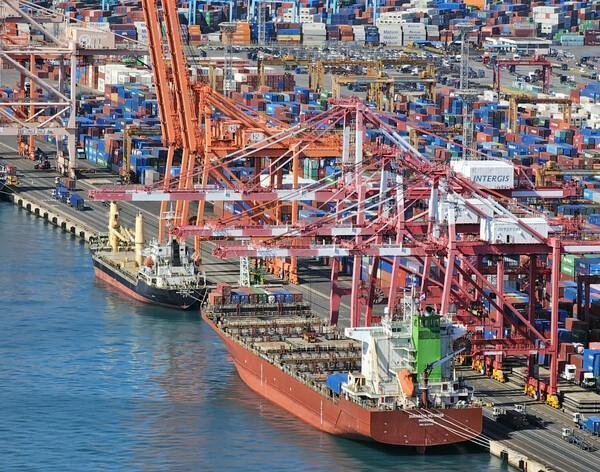
According to data released by the Bank of Korea on Tuesday, combined sales of 23,137 companies subject to external audits rose 4.3 percent year-on-year in the July-September period.
While growth increased from 1.2 percent in the first quarter to 5.3 percent in the second quarter, it slowed to 4.3 percent in the third quarter.
Manufacturing sector sales growth slowed sharply, dropping from 7.3 percent last year to 4.9 percent this year. Sales growth in the non-manufacturing sector rose from 2.6 percent to 3.5 percent.
Among manufacturers, machinery and electronics saw the steepest decline in sales growth, falling from 20.7 percent to 13.7 percent. Despite increasing demand for artificial intelligence-related semiconductors and rising export prices, demand for general-purpose chips used in PCs and smartphones remained sluggish.
The petrochemical industry posted a negative growth rate, with sales declining from 6.6 percent growth last year to minus 1 percent this year, due to falling product prices and persistent oversupply.
Despite slowing growth, profitability improved. The operating profit margin across all surveyed firms rose to 5.8 percent in the third quarter, up from 4.0 percent a year earlier.
Manufacturing drove much of the improvement in profitability, with operating margins rising from 4.0 percent to 6.1 percent, surpassing the non-manufacturing sector’s increase from 4.1 percent to 5.4 percent. In particular, machinery and electronics saw a significant recovery, with margins climbing from 0.9 percent to 8.8 percent.
The transportation equipment sector also improved, with operating margins rising from 4.1 percent to 6.6 percent.
The central bank attributed the increase to a favorable exchange rate. "The transportation equipment sector especially benefited from the weaker won, while sectors with high reliance on intermediate goods faced headwinds in profitability," said Kang Young-kwan, head of the Bank of Korea's corporate statistics team.
Interest coverage ratios rose sharply from 235.9 percent to 387.7 percent, driven by operating profits increasing at a faster pace than interest expenses.
The average debt-to-equity ratio among all companies declined slightly from 88.9 percent to 87.8 percent, while reliance on borrowed capital inched up from 25.2 percent to 25.4 percent.
Copyright ⓒ Aju Press All rights reserved.




